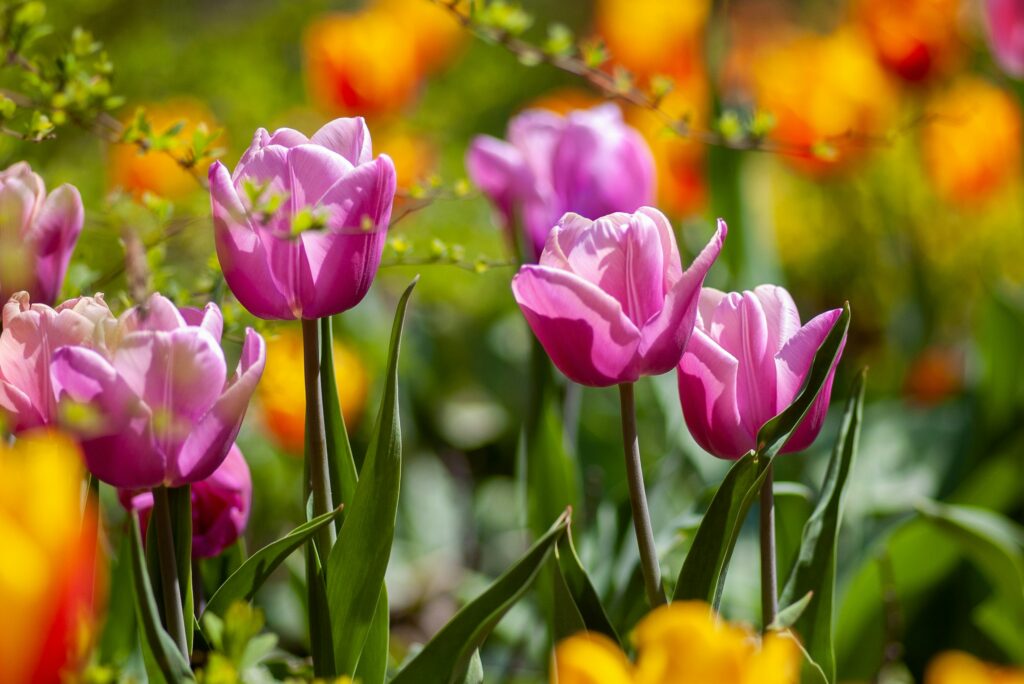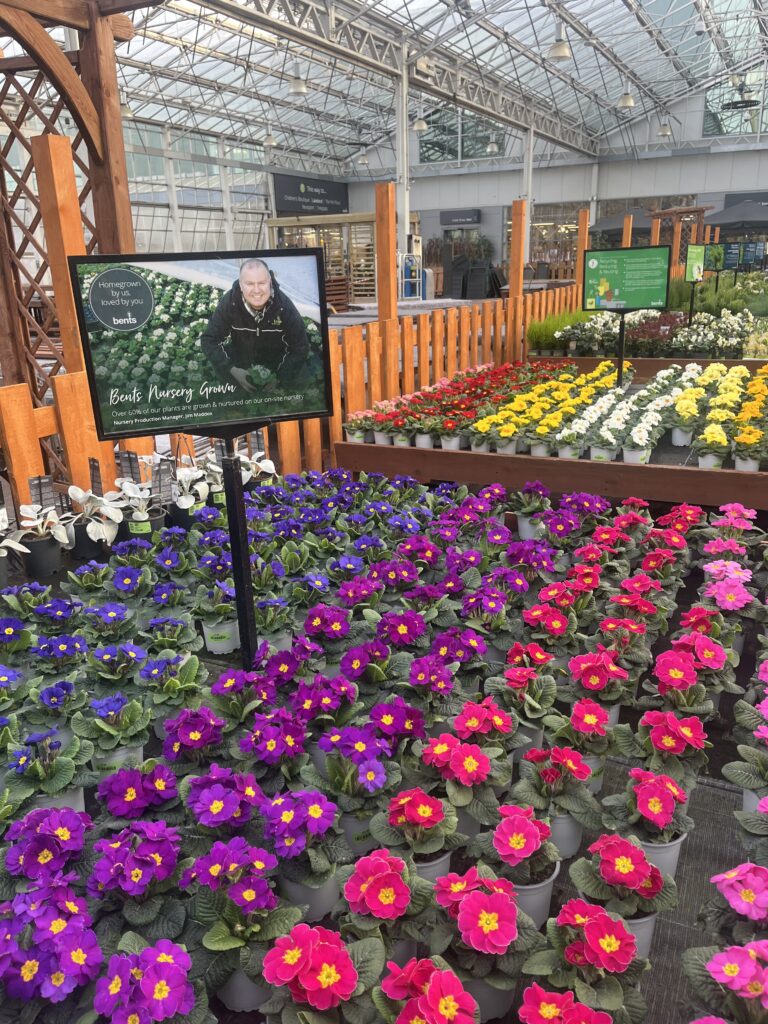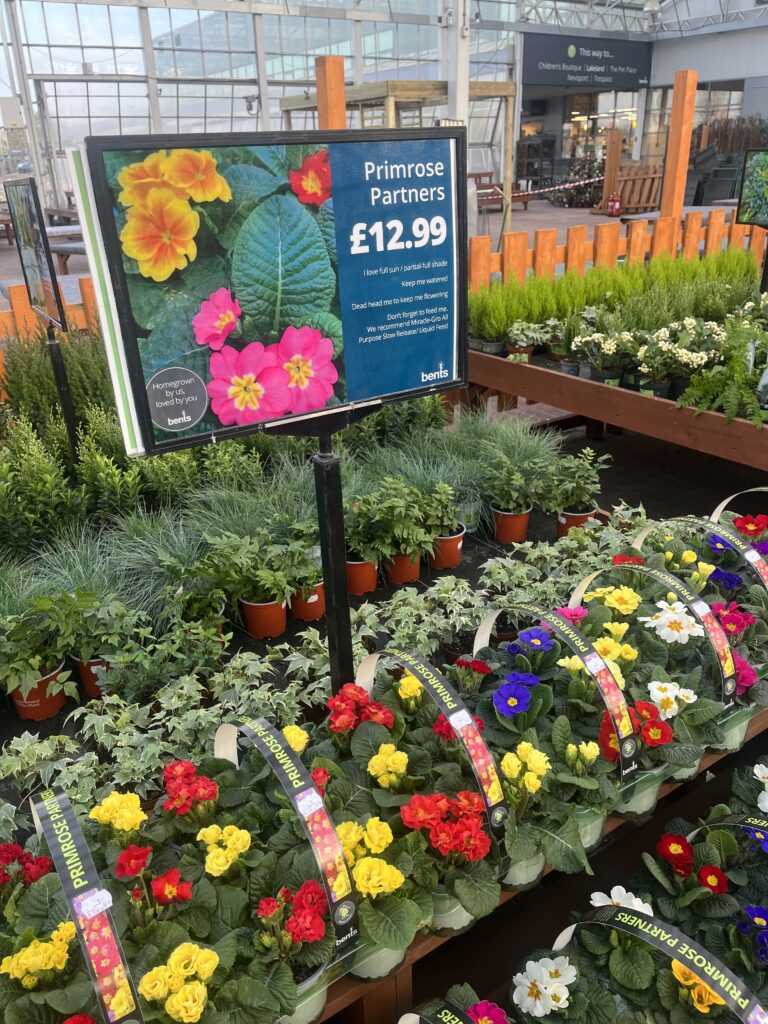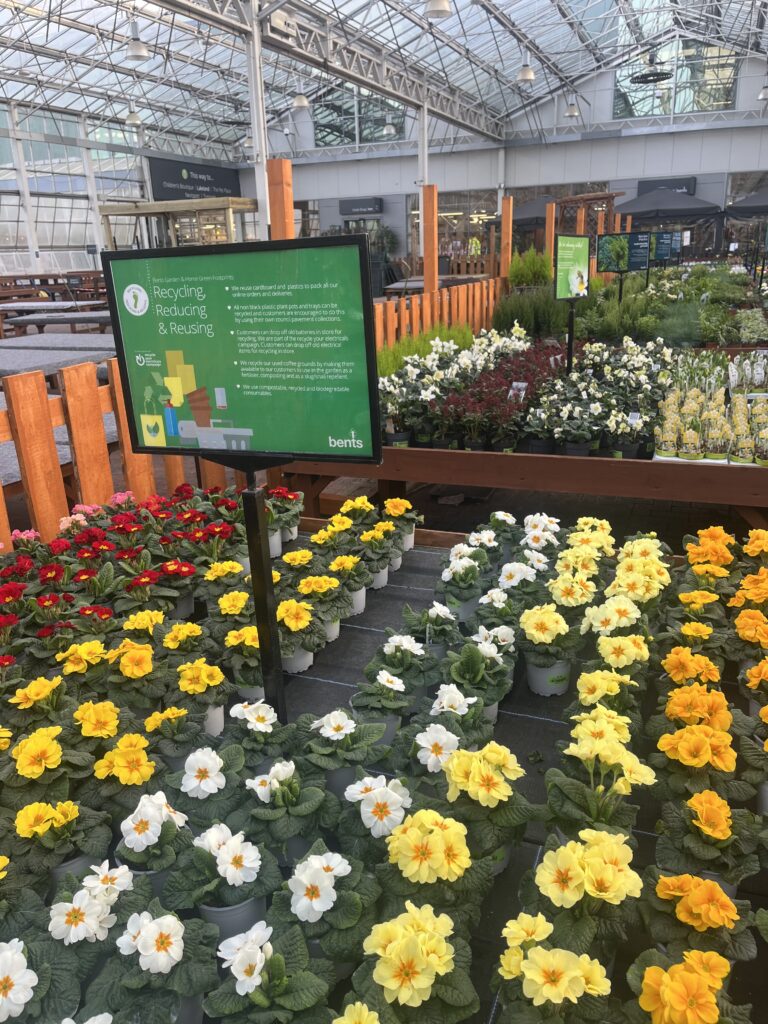Welcome to our comprehensive guide on UK spring bedding plants, crafted especially for you by Bents Garden and Home.
As the season turns and gardens begin to awaken, it's the perfect time to add a splash of colour and life to your outdoor spaces. In this guide, we delve into a selection of the most popular and vibrant spring bedding plants, perfect for transforming your garden into a riot of colour.
But it's not just about choosing the right plants; it's about creating stunning displays that capture the essence of spring. We'll share expert insights on how to plan and arrange your bedding plants for maximum impact, ensuring your garden becomes the envy of the neighbourhood.
The journey doesn't end with planting. We’ll equip you with essential maintenance tips to keep your garden thriving. From effective watering techniques to the right way to fertilise, we've got you covered. Plus, we'll tackle the vital topics of pest control and the art of deadheading to ensure your spring plants stay healthy and bloom longer.
Understanding Spring Bedding Plants

Understanding spring bedding plants is essential for creating a vibrant and colourful garden during the spring season. The majority of these plants are annuals or short-lived perennials and they play a crucial role in adding beauty and charm to outdoor spaces, heralding the end of winter with a burst of life and colour.
Popular Spring Planters
Popular spring bedding plants include pansies, violas and primroses. These plants thrive in the cool temperatures of early spring, providing a stunning display of various hues. Pansies and violas are known for their resilience and come in a wide array of colours, making them ideal for borders and containers. Primroses are also very popular with their delicate blossoms, adding a touch of elegance to garden beds.
Another great choice for spring flowering plants is bulbs with tulips, daffodils and crocus all adding another attractive element to your garden. Whilst the ideal planting time is in October and November, there is still time to add these blooms to your garden in the form of our partly grown specimens which have been given a great start in life at our extensive on-site nurseries.
Whatever your choice for spring planting, these pretty petals not only offer a very welcome burst of seasonal colour to the garden, but they are also perfect for the UK’s hard-working pollinators. The Red-tail bumble bee is one of the most common types of bees in the UK and as the queens start to emerge in March they benefit greatly from the early-season pollen provided by spring garden plants.
Planning Your Spring Garden

Planning your spring planting involves careful consideration of space, sunlight, and colour schemes to create a harmonious and visually appealing outdoor space.
Spacing
Begin by assessing the available space, considering factors such as the size and layout of your garden or flower beds. Take note of any existing structures, trees, or shrubs that may impact sunlight exposure and plan accordingly.
Lighting
Understanding sunlight patterns is crucial for selecting the right plants. Identify areas with full sun, partial shade, or full shade, and choose spring bedding plants that thrive in those conditions. This ensures optimal growth and blooming throughout the spring season.
Colour Schemes
When planning colour schemes, think about the overall aesthetic you want to achieve. Spring garden plants often feature a palette of vibrant hues. Consider using complementary colours for a balanced look or experiment with contrasting colours for a bold and dynamic effect.
Plant Pairing
Plant pairing is another key aspect of garden planning. Group spring flowering plants with similar water and sunlight need to be combined to simplify maintenance. Combine different flower shapes and heights for visual interest, creating layers that add depth to your garden.
Ultimately, successful spring garden planning involves a thoughtful blend of space utilisation, sunlight awareness, and colour coordination. By carefully considering these elements, you can design a garden that not only thrives but also brings joy and beauty to your outdoor living space.
Where and How to Plant Spring Garden Plants

Planting spring bedding plants requires careful consideration of timing, spacing and depth to ensure they thrive and provide a stunning display throughout the season. Here's a step-by-step guide:
- Timing Matters: Wait until the last frost has passed, usually in late March or April, before planting. This ensures they won't be damaged by unexpected cold spells.
- Choose the Right Location: Select a site with well-drained soil and the appropriate amount of sunlight for your spring garden plants. Most spring bedding plants prefer full sun or partial shade.
- Soil Preparation: Enrich the soil with organic matter, bulb compost or well-rotted manure to improve fertility and drainage. Break up any clumps and remove debris from the planting area.
- Assess Spacing: Follow the spacing recommendations on the plant labels. Proper spacing ensures good air circulation, preventing diseases, and allows each plant to receive adequate sunlight and nutrients.
- Dig the Planting Holes: Dig holes slightly larger than the root balls of your spring flowering plants. Ensure the depth is equal to the height of the root ball. You can use a small spade or trowel for this job.
- Remove from Containers: Gently remove the plants from their containers, taking care not to disturb the roots excessively. If the roots are tightly bound, tease them apart slightly.
- Plant at the Right Depth: Place each bedding plant in its hole at the same depth as it was in the container. Backfill with soil and water thoroughly to settle the soil around the roots.
- Mulch for Moisture Retention: Apply a layer of mulch such as bark growing media around the plants to retain moisture, suppress weeds, and regulate soil temperature.
By following these steps, you'll give your spring bedding plants the best chance for optimal growth and a vibrant display as the season unfolds. Remember to follow similar steps when it’s time to plant your spring bulbs, ideally from September to November before the first frost which allows them to establish roots before the winter. A little work in the autumn months will be repaid beautifully in the spring.
Maintenance Tips for Your Spring Planters

Maintaining the health and vitality of your spring bedding plants involves a combination of attentive care and preventive measures. Here are some essential tips to ensure your spring garden plants thrive throughout the season:
- Watering: Provide consistent moisture, especially during dry periods. Water in the morning to allow the soil to absorb moisture before the warmth of the day. Avoid overwatering, as waterlogged soil can lead to root rot.
- Fertilising: Feed your spring bedding plants with a balanced, water-soluble fertilizer every 4-6 weeks. Choose a formulation suitable for flowering plants, as this helps sustain their energy for continuous blooms.
- Pest Control: Regularly inspect plants for common pests like aphids and slugs and snails which will be coming out of hibernation. Use environmentally friendly garden pest control methods such as a tub of beer or an upturned orange peel…both of which appeal to the tastes of these little pests! Natural predators like ladybugs can also help keep pest populations in check so think about a bug hotel or bug box.
- Deadheading: Regularly removing spent flowers is crucial. It helps to encourage continuous blooming and divert the plant's energy towards new growth. This also prevents the formation of seed heads that might inhibit flowering.
By following these maintenance tips, you can ensure your spring bedding plants remain healthy, vibrant, and resilient throughout the season. And it’s not just about keeping your spring bedding plants in check. It’s also a great time to give the garden a good spring clean.
Enjoy Your Springtime and Beyond
As the sun-kissed bedding plants of spring grace your garden, the joy of outdoor living becomes irresistible. Amidst all the vibrant colours and warmer temperatures, comfortable garden furniture beckons and thoughts turn towards outdoor entertaining surrounded by your spring flowering plants. Discover how to make the most of your garden with our outdoor furniture and water features and enhance your garden ambiance with cosy seating arrangements to welcome in the warmer months.
Whether you're a seasoned gardener or a beginner, understanding the unique characteristics and care requirements of spring bedding plants will contribute to a beautiful garden that embodies the spirit of the season. And as spring turns to summer, our experts at Bents Garden and Home are always on hand to provide help and guidance for a seamless shift in the garden. Our Open Skies Glass House is always alive with colour and choice, making it the perfect place to get creative and bring those plans alive.
